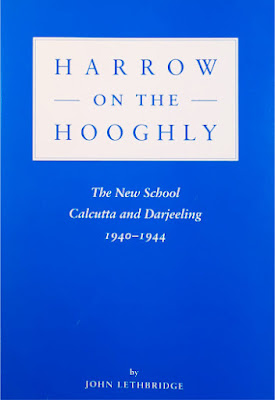Armadillo, by William Boyd
I so hate this cover. The cover of this edition of Armadillo, a novel by William Boyd from 1998. I confess that for these book reviews, to save time, I often filch an image from Google. Always of the same edition as the book I actually read. I was interested to see there have been a huge number of different cover designs, hence many different editions, for no doubt a very successful book. However, despite Google displaying a fair number of variations of this particular cover, none looked quite right. This execrable colour scheme seemed to have defeated everybody. So I've taken a pic of the actual copy I read. My rendering here is quite faithful, except for the shift from the shade at the top to the lighter one below. I'm perversely pleased with the visible stains (not perpetrated by me).
It was the last book remaining from a recent batch lent by a book swapping cousin. I have found her taste and judgement very good, and discovered many good new writers thanks to her. But I was all for passing this one back to her unread, just because I hated this cover. Why? The orange and lime green. Eh? You don't remember orange and lime green? I suppose you have to be of a certain age, but there was a spell some years ago when it was declared to be 'fashionable'. Personally I find it visually affronting, but I have no great complaint if we're talking about clothes. Some people - some, not everybody - think they go well together. Home decor is a very different matter. Back then, for a while, this sick aesthetic spread into the decoration market, into Habitat most prominently, at the time one of the most prominent home decor chains, beloved especially by students (before they went upmarket) and young professionals. I couldn't get my head around this. When you paint rooms, you expect to live with those schemes for some years. It's not like the seasonal changes of clothes fashion. How can you apply the same approach to decor, with colours that are so in your face? Yes, you could find pictures in the lifestyle sections actually featuring walls in orange and lime green!
Anyway, my cousin persuaded me that it would be worth my while to read it. So I picked it up again, and decided that in a way the cover was a kind of challenge. The figure, too. That cardboard box denied me a face. The title's weird as well. A dictionary definition at the start tells us that the word derives from the Spanish for a 'little armed man'. Armed as in bearing a weapon or protected by armour. True, that relates to the story. It follows the events which befall a young man called Lorimer Black, a loss adjuster for an insurance company, and he does have a thing for expensive antique armour, helmets in particular. There would seem to be a clear metaphor for his progress out of his sticking place, in his eventual casting away of this symbolic protection.
The book's good.
I'm not sure if I'd have troubled to look at William Boyd's books otherwise, but now I'm likely to seek out more. He's a really good user of words and language. Armadillo was very readable, and the characters were all interesting, from the appalling Hogg to Flavia the femme fatale; his family with its bizarre Transnistrian ethnicity; from the stroppy Barbuda right down to Jupiter. (You get used to the eccentric names) The plot was suitably mysterious though not really the point in the end.
Lorimer himself, well that's a more complex question. Boyd would seem to be defying the usual rules about central characters here. Things tend to happen to him, and for much of the story he doesn't exert much agency. Worse - according to the normal way of these things - he never feels really threatened. Here I'm thinking of writers I'm familiar with like Keith Waterhouse and Paul Torday, who both often write about hapless characters who are visited with destitution of various kinds, and the threat of having everything stripped away is palpable. We're led to think Lorimer is in much the same boat, but he still somehow has funds to move on.
But. There's a big but. It'd be wrong to say very much about the ending, so I won't, except to say I wish it hadn't been written that way. Not that it's unacceptable, at all, it's a certain kind of ending writers occasionally deploy; but it is tough to handle, as a reader. If I met William Boyd, I know I couldn't help myself, it'd be the first question I'd ask, "Please, what happened at the end of Armadillo???" He might well just look at me, say nothing, and I'd be left wondering if I was really qualified to read one of his books.
PS - Transnistria's a real place! I knew that! One of the most anomalous places on Earth. Perfect choice as Lorimer's homeland :)




Comments
Post a Comment